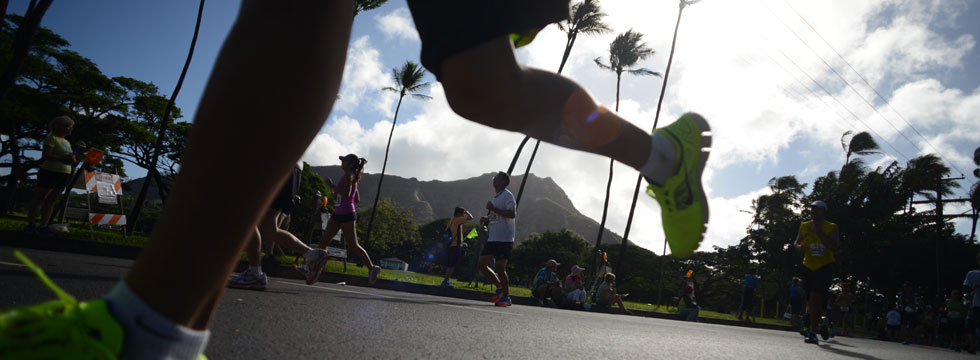Secrets of Luring in the Big Ones Mastering the Art of Bass Fishing
June 14, 2025 7:29 pm Leave your thoughts
- Secrets of Luring in the Big Ones: Mastering the Art of Bass Fishing
- Understanding Bass Behavior
- Seasonal Patterns and Feeding Habits
- Essential Gear for Bass Fishing
- Best Fishing Techniques for Big Bass
- Choosing the Right Fishing Location
- Understanding Water Conditions
- Timing Your Fishing Expeditions
- Conclusions and Takeaways
Secrets of Luring in the Big Ones: Mastering the Art of Bass Fishing
Fishing enthusiasts often find themselves captivated by the thrill of luring in big bass. This elusive fish species is not only a popular target due to its vigorous fight but also because of its size and delicious flavor. As anglers hone their skills, mastering the art of bass fishing requires a deep understanding of various techniques, equipment, and environmental factors that influence bass behavior. Whether you’re an experienced angler or just beginning your journey, knowing the secrets of catching these giants will enhance your success on the water.
The landscape of bass fishing is diverse, with different environments and techniques that can dramatically affect your catch rate. Arming yourself with the right knowledge and tools can be the difference between a mediocre fishing day and a trophy-worthy haul. In this article, we will explore essential strategies, gear recommendations, and the best times to fish, along with some secret tips that will set you on the path to catching big bass. Prepare to dig deep into the fascinating world of bass fishing!
Understanding Bass Behavior
To effectively catch big bass, it’s crucial to understand their behavior. Bass are intelligent and often cautious predators, which makes them challenging to lure. During different seasons, their feeding habits and locations may vary dramatically. In the spring, for instance, big bass tend to spawn in shallow waters, making them more accessible to anglers. In contrast, during summer months, they often retreat to deeper waters to escape the heat and seek cooler temperatures.
Another significant aspect of bass behavior is their response to environmental factors such as weather and water conditions. Factors like temperature, light, and water clarity can influence their activity levels and feeding patterns. For example, overcast days often encourage more feeding activity, while clear sunny days may cause bass to be more cautious. By studying these conditions, anglers can determine the best times to fish and the techniques to use for greater success.
| Spring | Early Morning and Late Evening | Shallow Water and Spawning Areas |
| Summer | Late Afternoon and Night | Deeper Water and Structures |
| Fall | Midday | Weed Beds and Shallows |
| Winter | Midday | Deep Channels and Basins |
Seasonal Patterns and Feeding Habits
Understanding seasonal patterns can greatly enhance your chances of catching a big bass. During the spring, as the water warms, bass become more active, and males start preparing nests while females follow suit. It’s the ideal time to use lures that mimic spawning behavior. In contrast, summer’s scorching heat drives bass to deeper waters, where they seek cooler temperatures. Anglers should adjust their tactics accordingly, opting for deeper-diving lures or soft plastics that can be worked slowly through submerged structures.
In fall, as the days shorten, bass transition back to shallower waters to feed on schools of baitfish. This time of year often provides excellent fishing opportunities since bass are more aggressive and willing to chase lures. During winter months, when activity slows down significantly, anglers need to fish methodically in deeper waters using slow-moving baits to entice reluctant bass.
Essential Gear for Bass Fishing
Equipping yourself with the right gear is paramount in bass fishing, especially if you aim to catch the big ones. First and foremost, a quality fishing rod and reel designed specifically for bass fishing will enhance your performance. The ideal rod should be sensitive enough to detect bites while providing enough backbone to handle larger fish. Pair it with a strong, durable fishing line to minimize the risk of breaking during the fight.
Additionally, lures play a vital role in attracting bass. Different types of lures can be effective depending on the conditions. For instance, crankbaits and spinnerbaits are excellent for covering large areas quickly, while soft plastics are effective in more finicky conditions. Understanding how to properly rig and present each type of lure can significantly impact your success rate.
- Rod: Medium to Heavy Power, Fast Action
- Reel: Baitcasting or Spinning Reel
- Line: 10-20 lb Monofilament or Braid
- Lures: Crankbaits, Spinnerbaits, Soft Plastics, Jigs
Best Fishing Techniques for Big Bass
Different techniques offer various ways to target big bass, and employing the right method in the suitable conditions can drastically improve your catch rates. A popular approach is the Texas Rigging technique, which involves using a bullet weight above a soft plastic bait. This rig allows for a weedless presentation, making it effective in thick cover where big bass often reside.
Another effective technique is topwater fishing, particularly during early morning and late evening when bass are near the surface. Using poppers, buzzbaits, or frogs can provoke explosive strikes from bass, making it an exhilarating experience. Additionally, exploring drop shot rigs can help you target bass more effectively when they are more lethargic in colder months.
Choosing the Right Fishing Location
Identifying prime fishing locations is critical to maximize your success in targeting big bass. Key areas to look for include points, ledges, and structural elements like fallen trees or rocks where bass can ambush prey. Understanding the relationship between water temperature and currents often leads to better fishing spots.
It’s also essential to consider the impact of human activities on fishing areas, such as boat traffic and pollution, which can affect fish behavior. Researching local bodies of water for seasonal changes and fishing patterns will offer insights into where to focus your efforts. Furthermore, using fish finders can provide real-time data on bass locations and underwater structures, allowing you to adjust your strategy on the fly.
- Points: Areas extending into the water attracting baitfish.
- Ledges: Drop-offs where bass often linger.
- Coves: Sheltered areas ideal for spawning.
Understanding Water Conditions
The conditions of the water where you are fishing can significantly influence your results. Factors such as clarity, temperature, and the presence of current play vital roles in determining bass behavior. Clear water often requires more subtle presentations to avoid spooking bass, while murky conditions can allow you to use noisier, more visible lures.
Temperature, on the other hand, dictates the metabolic rate of fish, influencing their feeding activity. Warmer temperatures stimulate increased metabolism and activity, while colder water can slow them down. Keeping track of temperature changes throughout the day may also lead to more fruitful fishing experiences. Additionally, observing currents, especially in rivers and streams, can lead to concentrated feeding zones where bass may gather to ambush prey.
Timing Your Fishing Expeditions
Timing is everything in bass fishing. Certain times of the day and year are more favorable for targeting big bass. Early mornings and late evenings often see increased activity as bass venture out to feed. Additionally, overcast or rainy days can provide prime fishing opportunities, as bass feel less vulnerable and are more likely to chase after lures.
Seasonal trends also dictate the best times to fish. Understanding that during pre-spawn and spawn periods, males become more aggressive while defending nests can play to your advantage. Conversely, during post-spawn, bass can become cautious and slow down after gorging themselves, requiring a more strategic approach to entice them.
Conclusions and Takeaways
Throughout this article, we explored various aspects of bass fishing, delving into essential strategies and gear that can elevate your experience on the water. By understanding bass behavior, choosing appropriate gear, exploring prime locations, and fine-tuning your techniques, you can significantly improve your chances of landing big bass. Remember that fishing is not only about the catch; it’s a journey that fosters appreciation for nature and patience.
Equipped with these insights, you are now prepared to tackle your next bass fishing trip with confidence. Whether you are pursuing your personal best or simply enjoying nature, the secrets of luring in the big ones will certainly enhance your fishing adventures!
Categorised in: Post
This post was written by vladeta



